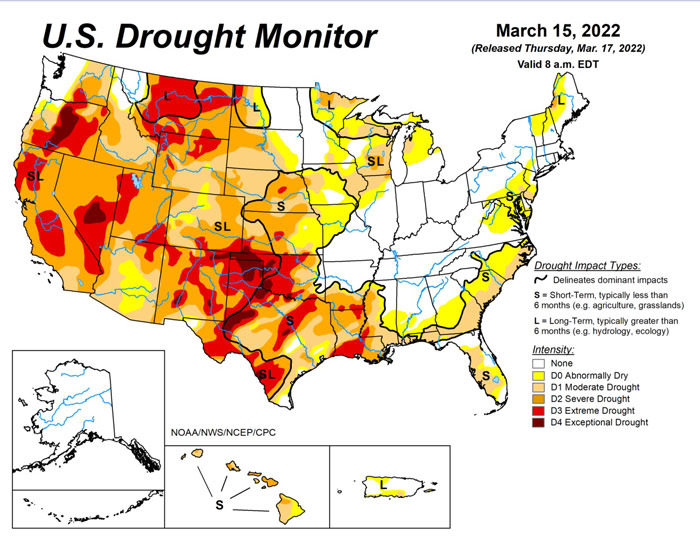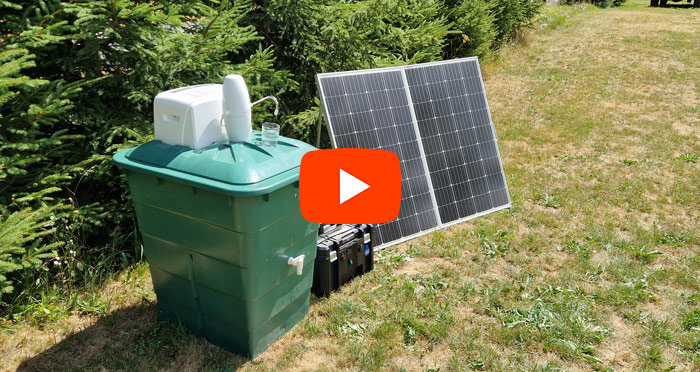
Just When The Caterpillar Thought Her Life Was Ending Graphic © InspirationPowerBoost.com
“Just when the caterpillar thought her life was over, she began to fly.”
Embracing Transformation and New Beginnings
This quote beautifully captures the essence of hope and transformation, reminding us that even in our darkest moments, a new beginning might be just around the corner. Just as a caterpillar undergoes metamorphosis to become a butterfly, we too can rise from our challenges, stronger and more vibrant than before.
The journey of the caterpillar is a testament to nature’s wonders. Encased in a cocoon, it might seem that its life has come to a standstill. Yet, within that protective shell, a miraculous transformation is underway. Similarly, during our trying times, we might be undergoing internal changes, preparing us for the next phase of our lives.
The Power of Resilience and Hope
Resilience is the ability to bounce back from adversity, to adapt and move forward. The caterpillar’s transformation into a butterfly is a symbol of resilience, of enduring the darkness to emerge into the light. This quote serves as a reminder that no matter how challenging our circumstances, there’s always hope for a brighter tomorrow.
Throughout history, countless individuals have faced insurmountable odds, only to rise above and inspire generations. From renowned figures like Helen Keller, who overcame blindness and deafness to become a leading humanitarian, to everyday heroes who transform their challenges into opportunities, the human spirit’s resilience is truly remarkable.
Finding Wings in Adversity
Adversity often acts as a catalyst for growth. It pushes us out of our comfort zones, prompting introspection and self-discovery. Just as the caterpillar finds its wings in the cocoon’s confines, we too can discover our strengths and potentials in challenging situations.
Every challenge, setback, or hardship carries a lesson. By embracing these lessons and using them as stepping stones, we can soar to new heights, much like the butterfly that emerges from its cocoon, ready to explore the world with newfound wings.
Four Life Stages: Butterflies undergo a complete metamorphosis with four distinct life stages: egg, larva (caterpillar), pupa (chrysalis), and adult butterfly. This transformation is one of the most dramatic in the animal kingdom. Diverse Species: There are over 17,500 recorded species of butterflies found worldwide. They inhabit every continent except Antarctica. Vibrant Colors for Different Reasons: The vibrant colors of butterflies serve various purposes, including camouflage, mate attraction, and warning predators of their toxicity. These colors are created either through pigments or through structural coloration where the scales’ microscopic structure refracts light in different colors. Migration: Some butterfly species, like the Monarch butterfly, migrate long distances. Monarchs travel up to 3,000 miles from North America to Mexico for the winter. Sensory Perception: Butterflies taste with their feet. They have taste receptors on their feet to help them find their host plants and discern whether a leaf is edible. Solar Power: Butterflies are cold-blooded and rely on external heat sources to regulate their body temperature. They are often seen basking in the sun to warm up. Short Lifespan: Many butterfly species have a very short adult life. Some live for only a week or two, while others, like some species of Monarchs, can live up to nine months. Compound Eyes: A butterfly’s eyes are made up of thousands of tiny lenses, providing them a wide field of vision. However, their vision is not very detailed. Important Pollinators: While not as efficient as bees, butterflies play a role in pollinating plants, particularly those with bright, wide flowers. Symbolism: Butterflies are often seen as symbols of transformation, hope, and life due to their metamorphosis and colorful appearance. Flight Speed: Some butterflies are quite fast. The Monarch butterfly can fly at speeds between 4 to 12 miles per hour. Heartbeat Detection: Scientists have discovered that some butterflies can detect the heartbeat of a caterpillar, which helps them find host plants to lay eggs. Antifreeze-like Chemicals: In colder climates, some butterflies produce a chemical that works like antifreeze, preventing their bodies from freezing solid! No Lungs: Butterflies don’t have lungs; they breathe through openings on their abdomen called spiracles. Scale Patterns: The patterns on butterfly wings are made of tiny scales, which are pigmented cells. These scales also help regulate their temperature. Migration Navigation: Migrating butterflies use the sun and the earth’s magnetic field to navigate during their long journey.Caterpillars and Transformation
Caterpillars, the larval stage of butterflies and moths, are nature’s diligent architects, crafting intricate cocoons that serve as chambers of transformation. These wriggly creatures, often adorned with vibrant patterns and bristly spines, embark on a remarkable journey of metamorphosis. As they munch their way through leaves and plants, they store energy, preparing for the next phase of their lifecycle.
Their voracious appetite is not just a testament to their growth but also a crucial step in the ecological balance, aiding in plant propagation and serving as a primary food source for various predators.
Beyond their ecological role, caterpillars have fascinated cultures around the world, often symbolizing growth, change, and rebirth. Their ability to weave silk threads, creating protective chrysalises, is a marvel of nature’s engineering
Within these self-made sanctuaries, they undergo a transformative process, breaking down and reorganizing their cellular structure. This metamorphic magic, where a crawling caterpillar emerges as a fluttering butterfly or moth, has inspired countless tales, myths, and metaphors, highlighting the potential for change and renewal.
However, not all caterpillars share the same narrative. The diversity among these creatures is astounding, with over 20,000 species, each with its unique characteristics and behaviors.
Some caterpillars have evolved to mimic their surroundings, blending seamlessly with leaves and twigs, while others sport bright colors, warning potential predators of their toxicity. From the tent caterpillar that constructs communal silk tents to the woolly bear caterpillar, believed to predict the severity of winters, these creatures are a testament to nature’s creativity and adaptability.
Daily Affirmation
“I embrace challenges as opportunities for growth, knowing that every setback prepares me for a stronger comeback.”
More Quotes on Transformation and Hope
“Our greatest glory is not in never falling, but in rising every time we fall.” – Confucius
“The phoenix must burn to emerge.” – Janet Fitch
“Out of difficulties grow miracles.” – Jean de La Bruyère
“What the caterpillar calls the end of the world, the master calls a butterfly.” – Richard Bach
“Every adversity, every failure, every heartache carries with it the seed of an equal or greater benefit.” – Napoleon Hill
😳 What Tinnitus Does To Your Brain Cells (And How To Stop It)
After 47 years of studies and countless brain scans done on more than 2,400 tinnitus patients, scientists at the MIT Institute found that in a shocking 96% of cases, tinnitus was actually shrinking their brain cells.
As it turns out, tinnitus and brain health are strongly linked.
Even more interesting: The reason why top army officials are not deaf after decades of hearing machine guns, bombs going off and helicopter noises…
Is because they are using something called "the wire method", a simple protocol inspired by a classified surgery on deaf people from the 1950s...
This Crazy Off Grid Device Literally Makes Drinkable Water From Fresh Air:
According to NASA, the U.S. is expecting a 100-YEAR LONG MEGADROUGHT.
It's already begun. Ask the farmers in California. They know.
Every survivalist knows that water is of critical importance. You NEED an independent water source that you can count on!
As an interesting "survival rehearsal" - imagine that you turned the tap on right now and nothing came out. How long would you last?
But what if there was another water source literally hidden in plain sight? That's right, I'm talking about the atmosphere!
The amazing thing about getting water from the natural moisture in the air... is that it is ALWAYS available.
This gives you real water security!
Learn more about how to tap into "Nature's secret water reservoir" and stay hydrated when TSHTF!
Watch the video:
Most People Don't Have The Guts To Try This:
An amazing discovery in an abandoned house in Austin, Texas: A lost book of amazing survival knowledge, believed to have been long vanished to history, has been found in a dusty drawer in the house which belonged to a guy named Claude Davis.
Remember... back in those days, there was no electricity... no refrigerators... no law enforcement... and certainly no grocery store or supermarkets... Some of these exceptional skills are hundreds of years of old and they were learned the hard way by the early pioneers.
>> Click here to find out about them now
We've lost to history so much survival knowledge that we've become clueless compared to what our great grandfathers did or built on a daily basis to sustain their families.
Neighbors said that for the last couple of years Claude has tried to unearth and learn the forgotten ways of our great-grandparents and claimed to have found a secret of gargantuan proportions. A secret that he is about to reveal together with 3 old teachings that will change everything you think you know about preparedness:






